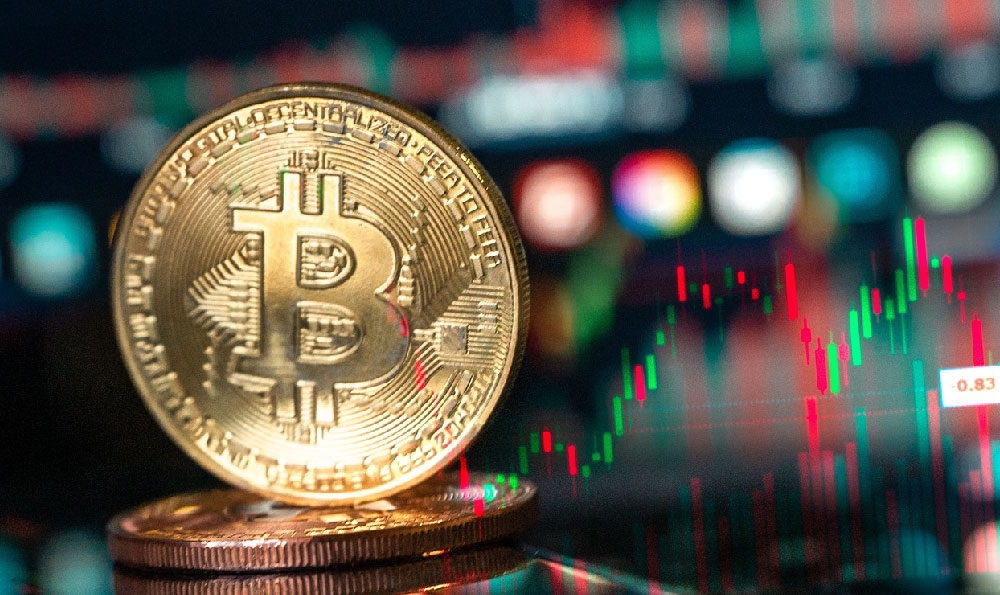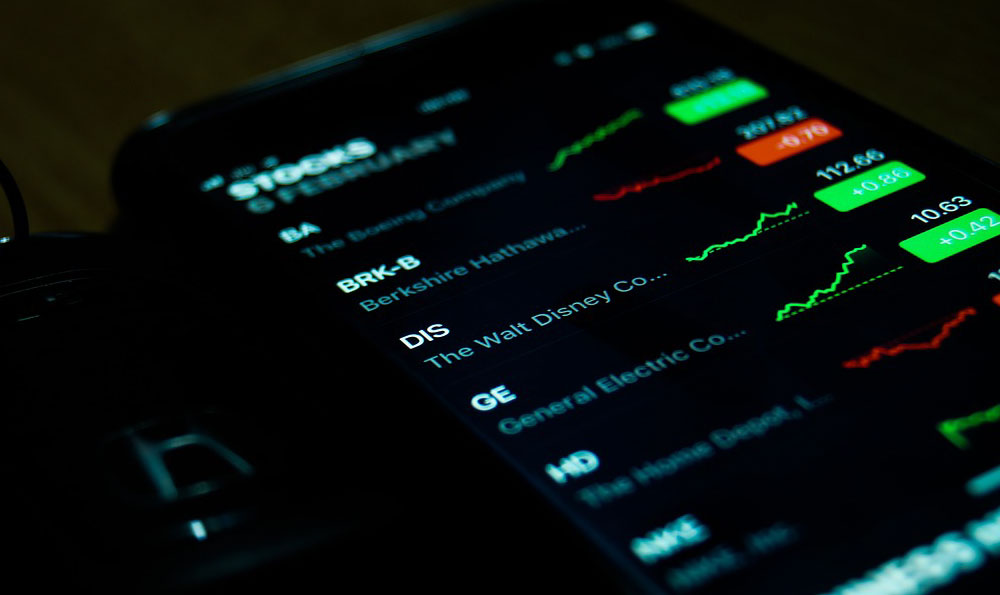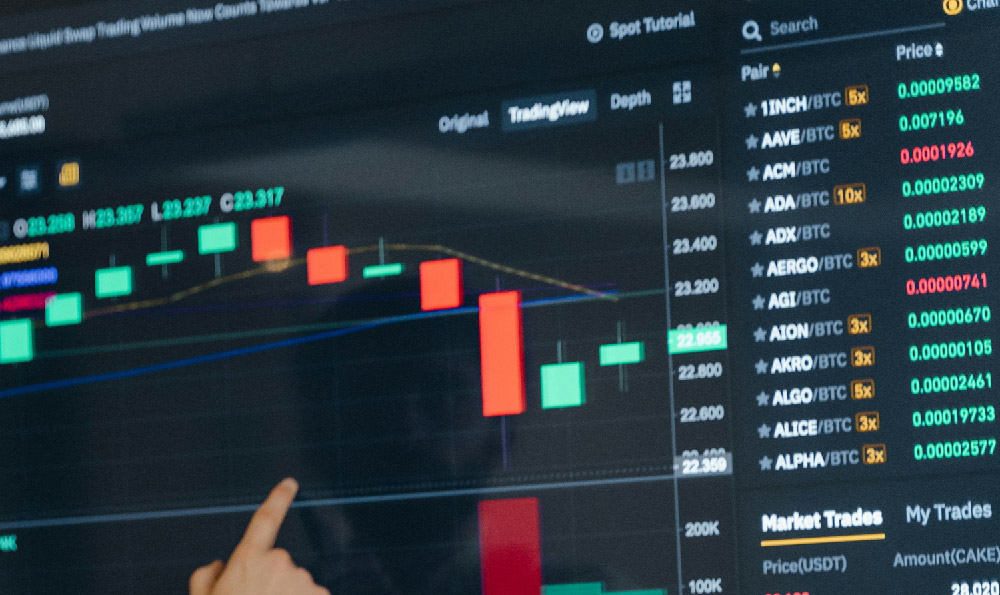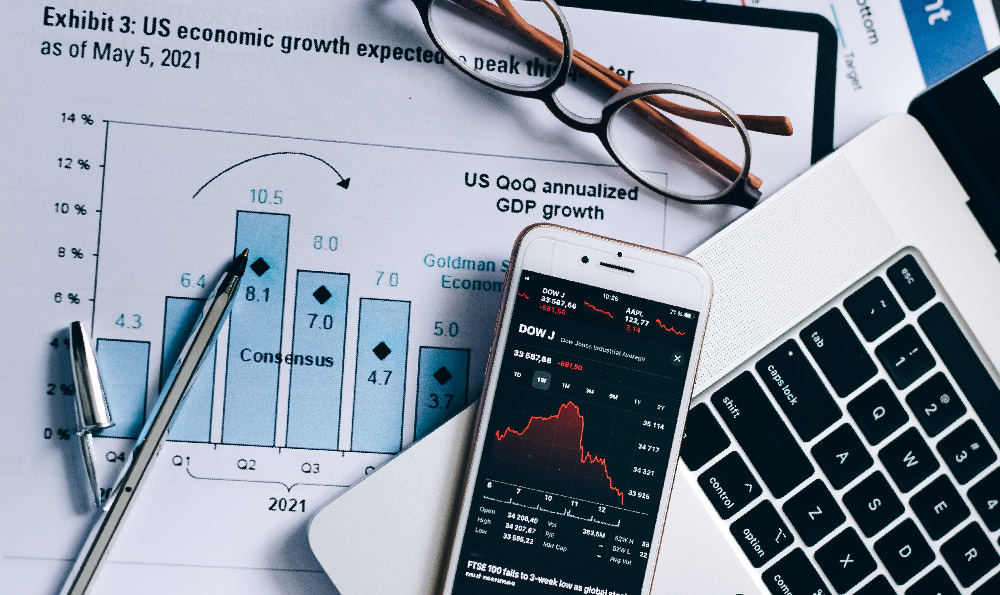The allure of "making money" from paper money itself, especially in a world increasingly dominated by digital transactions, is a complex one. It's not about printing your own currency – that's illegal and a fast track to serious trouble. Instead, we're talking about leveraging financial instruments tied to, or influenced by, the strength and performance of fiat currencies. Successfully navigating this realm requires understanding the nuances of currency markets, interest rates, and the global economic landscape. It's less about manufacturing paper money and more about strategically positioning yourself to profit from its inherent value and fluctuations.
One common avenue is through Forex trading, or foreign exchange trading. This involves buying and selling currencies with the aim of profiting from changes in their relative values. For instance, if you believe the Euro will strengthen against the US Dollar, you might buy Euros with US Dollars. If your prediction proves accurate, and the Euro does indeed appreciate, you can then sell the Euros back for more US Dollars than you initially spent. Forex trading can be highly lucrative, but it's also incredibly risky. Currency markets are notoriously volatile, influenced by a myriad of factors including economic data releases, political events, and even geopolitical tensions. Success requires diligent research, a deep understanding of technical and fundamental analysis, and a robust risk management strategy. Leverage, which allows traders to control larger positions with smaller amounts of capital, can amplify both profits and losses, making it a double-edged sword. Novice traders should approach Forex trading with extreme caution and consider starting with a demo account to practice and refine their skills before risking real capital.
Another approach involves investing in currency ETFs (Exchange Traded Funds) or currency-linked notes. These investment vehicles provide exposure to specific currencies or baskets of currencies without the need to directly trade on the Forex market. Currency ETFs typically track the performance of a single currency or a basket of currencies, while currency-linked notes are debt securities whose returns are linked to the performance of a specific currency or currency index. While generally less risky than direct Forex trading, these instruments still carry inherent risks. Currency ETFs are subject to exchange rate fluctuations, and currency-linked notes are subject to credit risk (the risk that the issuer defaults on its obligations) in addition to currency risk. Furthermore, the fees associated with these products can eat into potential returns, so it's crucial to carefully consider the expense ratio and other charges.

Interest rate differentials also play a crucial role in the world of paper money profit. This strategy, known as "carry trade," involves borrowing a currency with a low interest rate and investing it in a currency with a high interest rate. The profit is derived from the difference between the two interest rates. However, carry trades are highly sensitive to currency fluctuations. If the currency you're invested in depreciates against the currency you borrowed, the losses could outweigh the interest rate differential, resulting in a net loss. Carry trades are typically employed by sophisticated investors with a high risk tolerance and a strong understanding of macroeconomic factors.
Beyond direct currency-related investments, one can indirectly profit from the influence of paper money through international stock and bond investments. A strong domestic currency can make foreign investments more expensive, potentially impacting returns when repatriated. Conversely, a weaker domestic currency can boost the returns of foreign investments when converted back into the home currency. Understanding the interplay between currency movements and international investment returns is essential for building a well-diversified and globally aware portfolio. This requires analyzing the economic and political climates of various countries, as well as understanding the currency risks associated with each investment.
Furthermore, understanding the concept of inflation is crucial when dealing with paper money. Inflation erodes the purchasing power of money over time. If you simply hold cash, its real value diminishes as prices rise. Therefore, it's imperative to invest your paper money in assets that have the potential to outpace inflation. This could include stocks, real estate, commodities, or even inflation-protected securities. The goal is to preserve and grow your wealth by ensuring that your investments generate returns that exceed the rate of inflation. Choosing the right assets requires careful consideration of your risk tolerance, investment horizon, and financial goals.
Successful navigation of the paper money landscape also necessitates a strong understanding of geopolitical risk. Global events, such as wars, political instability, or trade disputes, can have a significant impact on currency values. For instance, a country facing political turmoil may experience a sharp depreciation in its currency, making investments in that country riskier. Staying informed about global events and their potential impact on currency markets is crucial for making informed investment decisions. This involves following news reports, analyzing economic data, and consulting with financial professionals.
Ultimately, profiting from paper money is not about finding a get-rich-quick scheme. It's about understanding the complexities of the global financial system, developing a sound investment strategy, and managing risk effectively. It requires continuous learning, diligent research, and a willingness to adapt to changing market conditions. While the potential rewards can be substantial, the risks are equally significant. A cautious and informed approach is essential for navigating this challenging but potentially rewarding arena. Before investing in any currency-related product, consult with a qualified financial advisor to assess your risk tolerance and financial goals. Remember, past performance is not indicative of future results, and all investments carry risk.












